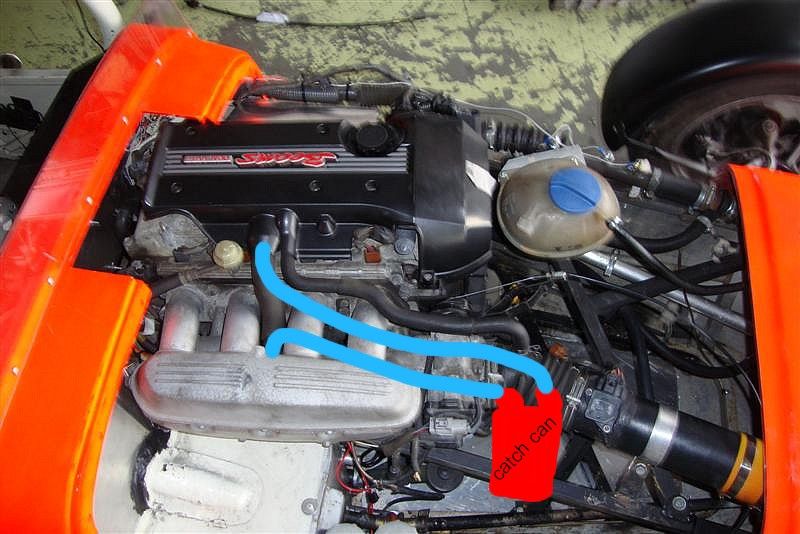I bought an altezza which had an OCC(D1 Spec) in it and today I thought I'd drain it.
But when I opened it up there was absolutely nothing in it. This isn't right is it???
Any1 have any idea where I should be looking at for potential problems??
Thanks
Set up picture:

---------------------------------------------------------------------------------------
I just talked to the previous owner, he said if there's absolutely nothing then it means there's no oil back flow. Which means the engine is running on perfect ignition and there's nothing to be worried about and I should be proud lol.
Any1 got a 2nd opinion??


